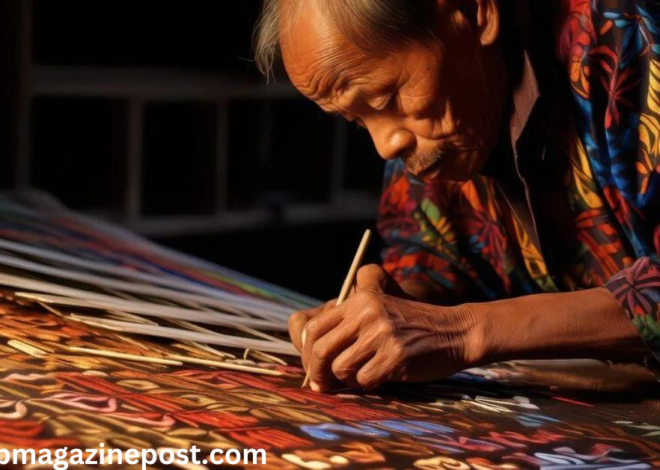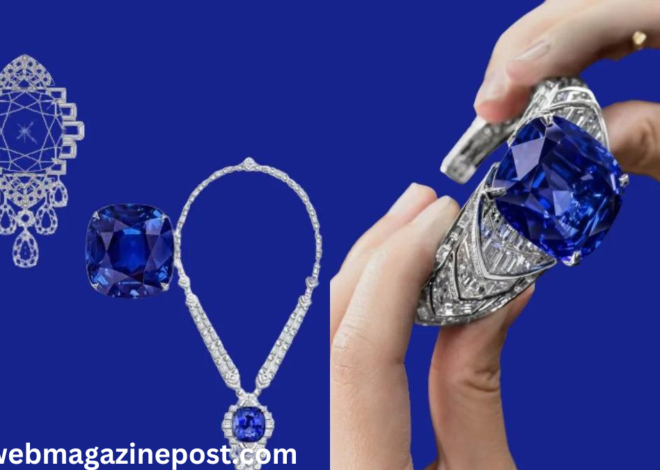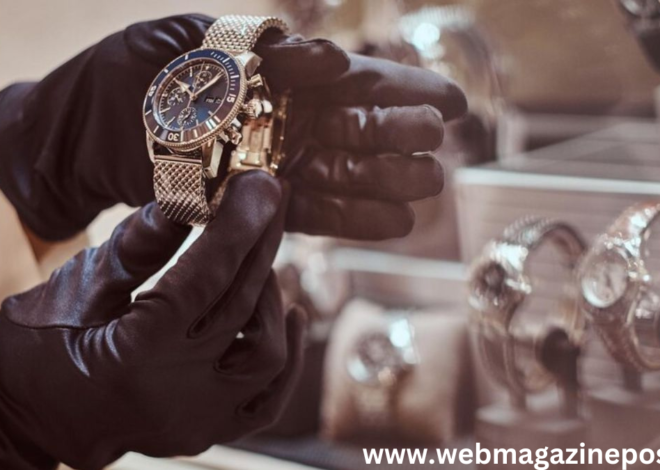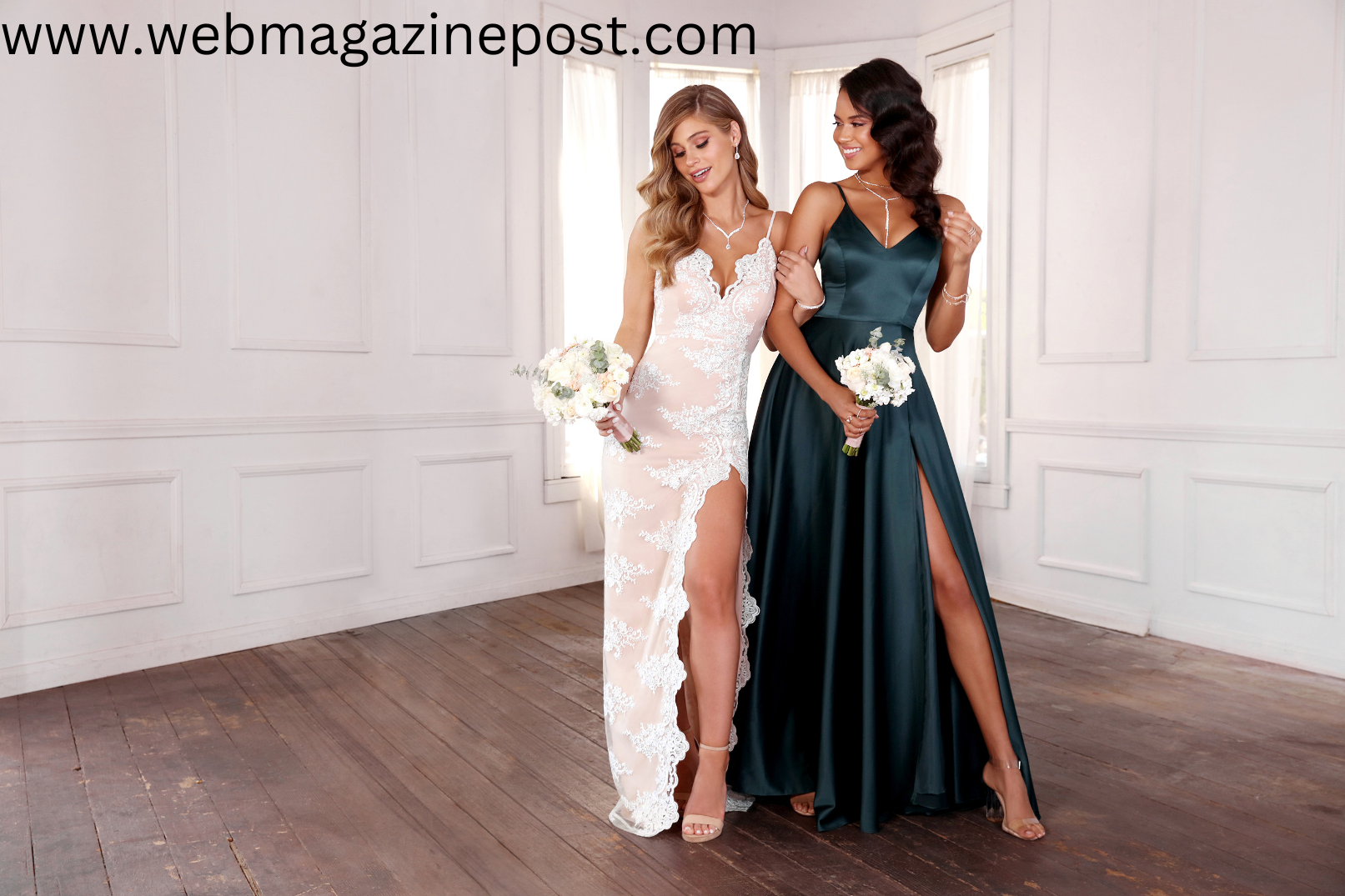
Formal Dresses: 100% Dressing for Success to Power Outfits
Introduction to Formal Dresses
Formal dresses are the epitome of elegance and sophistication. Whether it’s a grand gala, a wedding, or a formal dinner, the right dress can make you feel like royalty. But what exactly constitutes a formal dress, and why are they so important? Let’s dive into the world of formal wear and explore its many facets.
History of Formal Dresses
Early Beginnings
Formal dresses have a rich history dating back to ancient civilizations. In ancient Egypt, Greece, and Rome, formal attire was often reserved for the elite and signified social status. These early dresses were typically made of luxurious fabrics and adorned with intricate details.
Evolution Over the Centuries
As fashion evolved, so did formal dresses. The Renaissance period saw the introduction of opulent gowns with elaborate embroidery and lace. The Victorian era brought about the popularity of crinolines and bustles, creating dramatic silhouettes. In the 20th century, designers like Coco Chanel and Christian Dior revolutionized formal wear with their innovative designs.
Types of Formal Dresses
Ball Gowns
Characteristics: Ball gowns are known for their full skirts and fitted bodices. They often feature luxurious fabrics like satin and tulle. Occasions: Ideal for black-tie events, weddings, and galas.
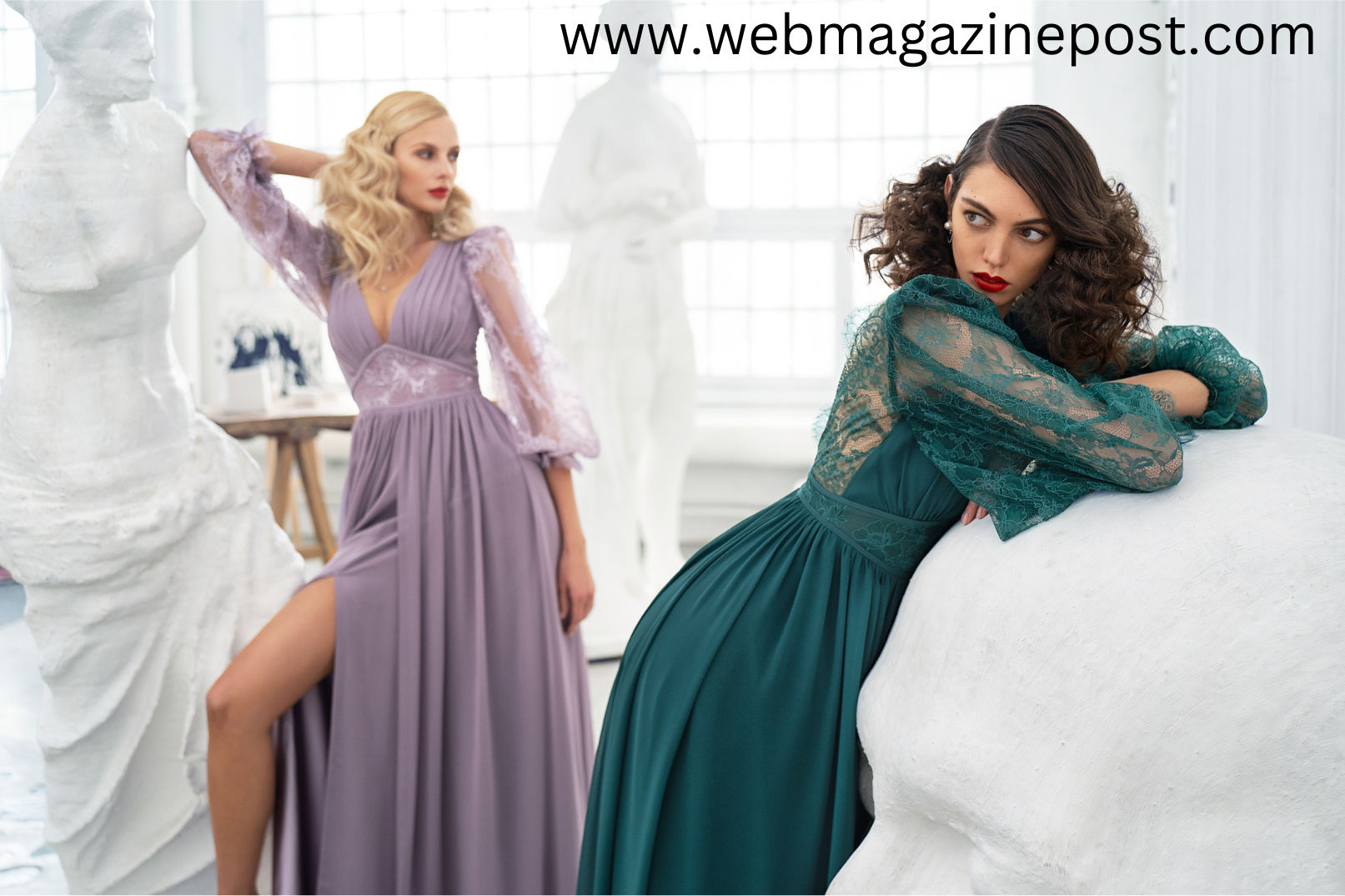
Evening Gowns
Characteristics: Evening gowns are typically long, flowing dresses that can be simple or highly embellished. Occasions: Perfect for formal dinners, red-carpet events, and charity balls.
Cocktail Dresses
Characteristics: These dresses are shorter, usually ending at or above the knee, and can range from simple to ornate. Occasions: Suitable for semi-formal events, cocktail parties, and receptions.
A-Line Dresses
Characteristics: A-line dresses have a fitted bodice that gradually widens towards the hem, resembling the shape of the letter ‘A’. Occasions: Versatile for various formal occasions, including weddings and proms.
Sheath Dresses
Characteristics: Sheath dresses are form-fitting and typically cut to the knee or below. Occasions: Great for business formal events, cocktail parties, and sophisticated dinners.
Choosing the Right Formal Dress
Body Type Considerations
Understanding your body type is crucial in selecting a flattering dress. For example, A-line dresses suit most body types, while sheath dresses are perfect for those with an hourglass figure.
Skin Tone Matching
The color of your dress can complement your skin tone. Warmer tones look great in colors like red and gold, while cooler tones shine in blues and silvers.
Event Appropriateness
Different events call for different levels of formality. A black-tie event requires a more elaborate dress, while a semi-formal event might allow for something simpler.
Popular Fabrics for Formal Dresses
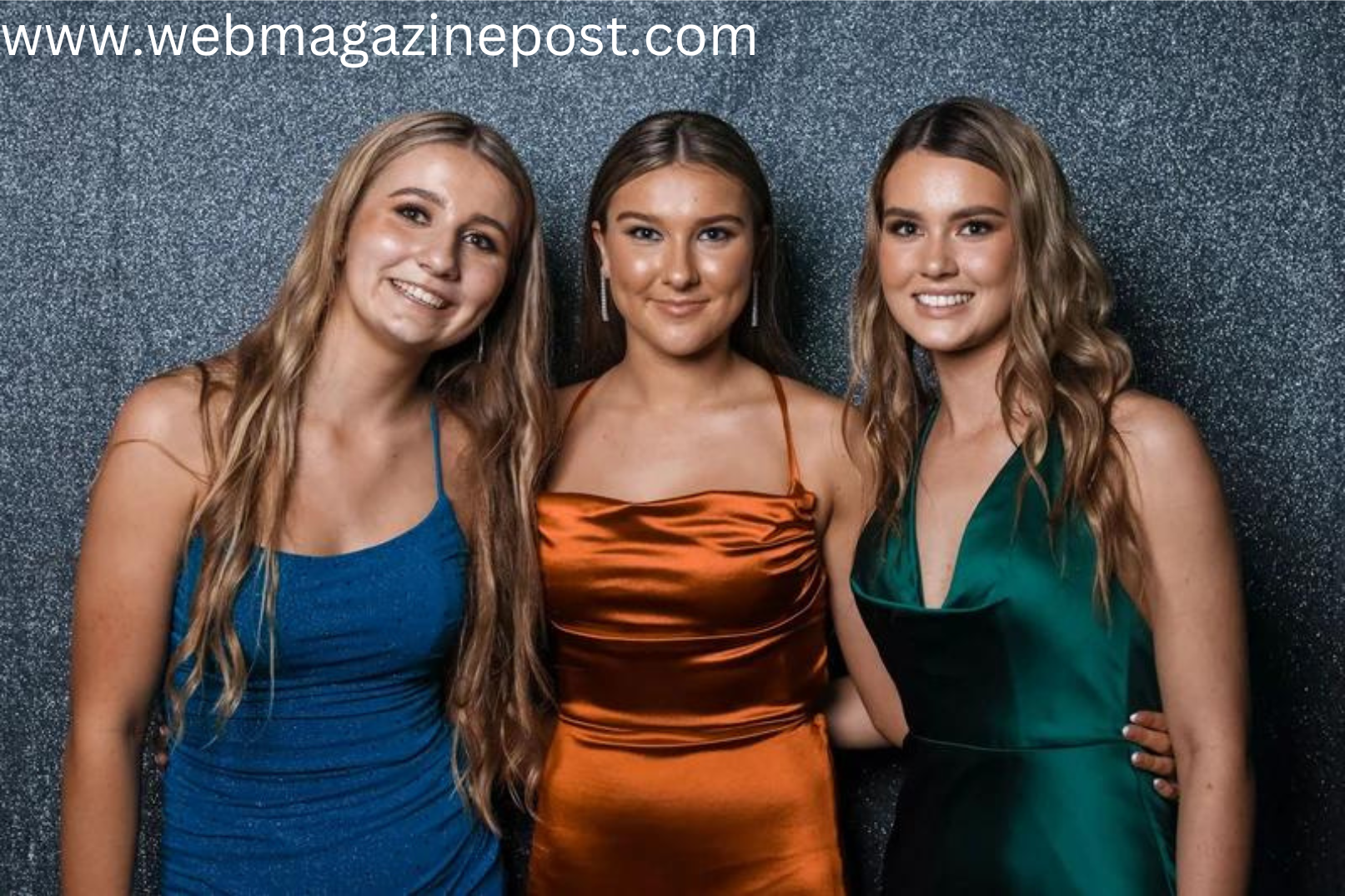
Silk
Known for its luxurious feel and natural sheen, silk is a popular choice for formal dresses.
Satin
Satin offers a glossy surface and is often used in evening gowns and ball gowns.
Chiffon
Light and airy, chiffon is perfect for dresses that require a lot of movement.
Lace
Lace adds a touch of elegance and intricacy, often used in overlays and detailing.
Velvet
Velvet is rich and opulent, ideal for winter events.
Color Trends in Formal Dresses
Classic Colors
Black, white, and navy are classic choices that remain stylish and elegant regardless of the trends.
Modern Trends
Today’s trends include bold colors like emerald green, deep burgundy, and metallic shades.
Seasonal Choices
Spring and summer often call for lighter colors and pastels, while fall and winter favor deeper, richer tones.
Accessories for Formal Dresses
Jewelry
The right jewelry can elevate your dress. Statement necklaces, chandelier earrings, and delicate bracelets are all great options.
Shoes
Heels are the go-to choice for formal events, but make sure they’re comfortable enough for a night of standing and dancing.
Handbags
Clutches and small handbags are perfect for carrying essentials without detracting from your dress.
Shawls and Wraps
A shawl or wrap can add warmth and style to your outfit, especially in cooler weather.
Hairstyles to Pair with Formal Dresses
Updos
Updos are elegant and keep hair out of your face, making them ideal for formal events.
Loose Curls
Soft, loose curls add a romantic touch to your look.
Sleek Styles
A sleek, straight hairstyle can be sophisticated and modern.
Makeup Tips for a Formal Look
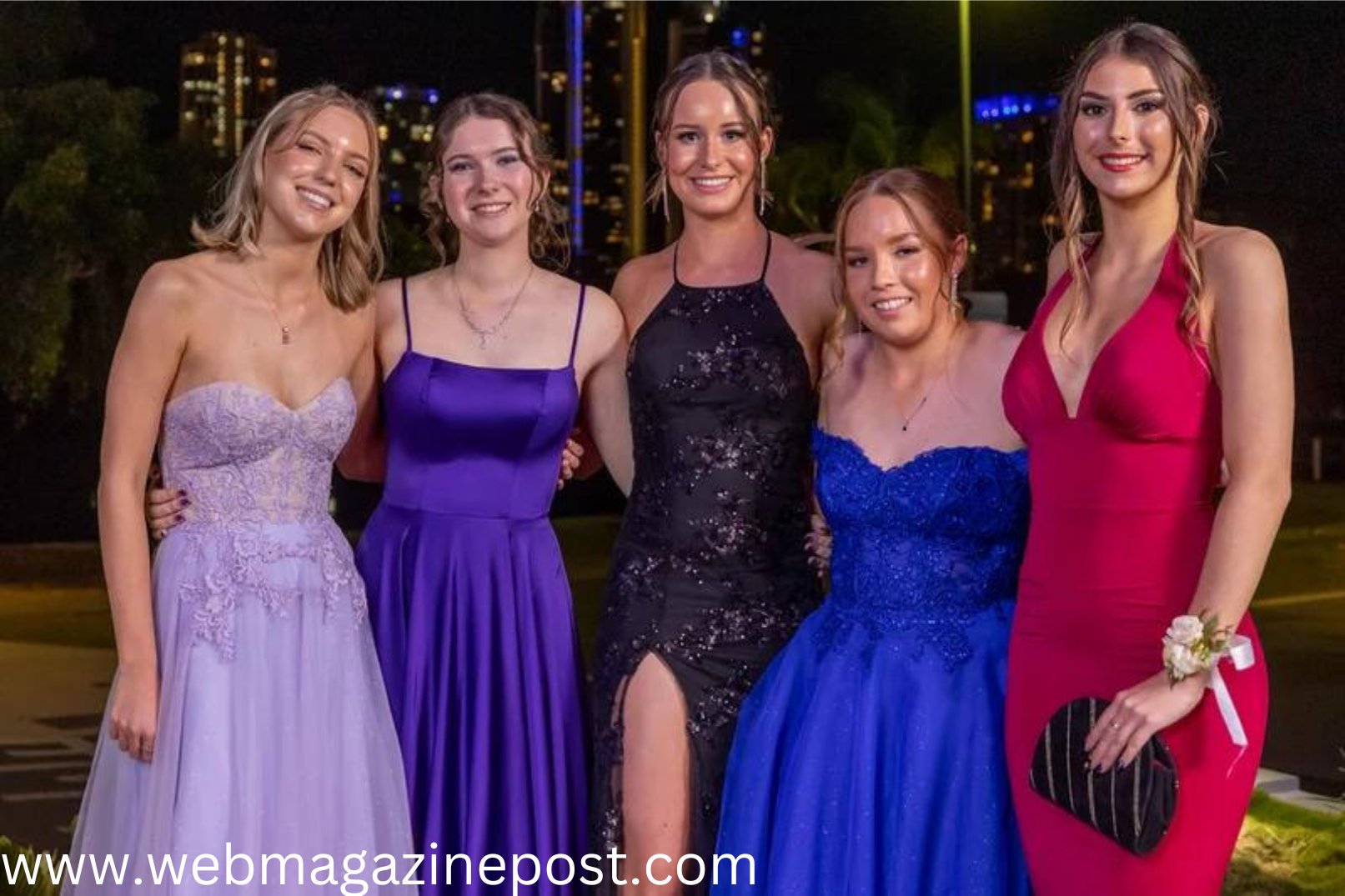
Classic Makeup Styles
A classic look often includes a bold lip and defined eyes.
Modern Makeup Trends
Modern trends might feature smoky eyes, nude lips, and highlighted cheekbones.
Caring for Your Formal Dress
Storage Tips
Keep your dress in a garment bag to shield it from dust and damage.
Cleaning Instructions
Adhere to the care label instructions and consider professional cleaning for delicate fabrics.
Repair and Maintenance
Attend to any loose threads or minor repairs promptly to keep your dress in top condition.
Buying vs. Renting Formal Dresses
Pros of Buying
Owning a dress allows for custom alterations and repeated use.
Pros of Renting
Renting can be more cost-effective and allows for a wider variety of styles.
Cost Comparison
Compare the costs of buying versus renting to determine what works best for your budget.
Sustainable Choices in Formal Wear
Eco-Friendly Fabrics
Consider dresses made from sustainable materials like organic cotton or recycled fabrics.
Second-Hand Shopping
Vintage and second-hand stores offer unique and eco-friendly options.
Sustainable Brands
Seek out brands that prioritize sustainable practices in their production processes.
Top Designers for Formal Dresses
Established Designers
Designers like Vera Wang, Elie Saab, and Oscar de la Renta are renowned for their formal wear.
Emerging Talents
Keep an eye on up-and-coming designers who bring fresh perspectives to formal fashion.
Celebrity Influence on Formal Dress Trends
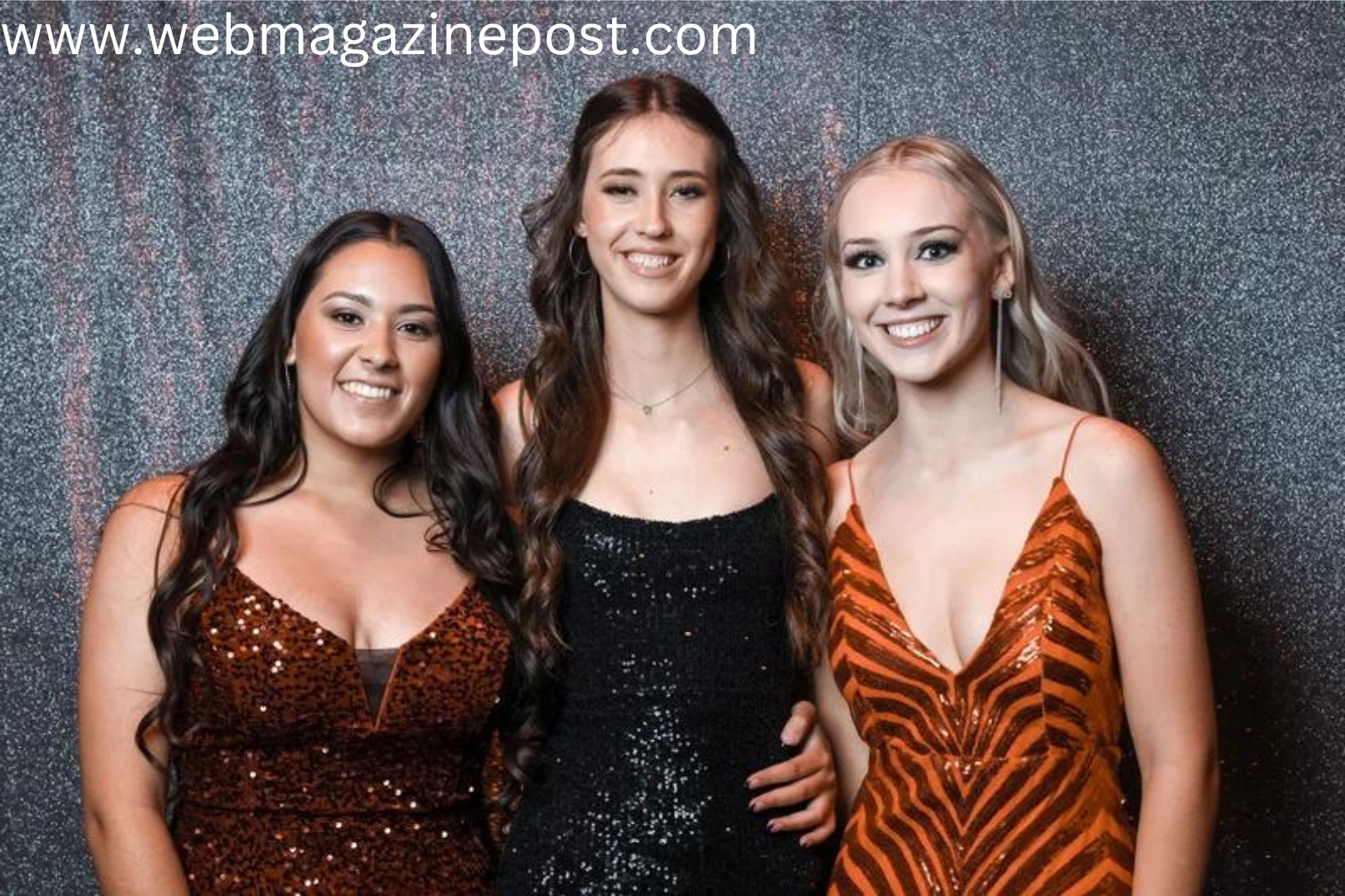
Iconic Red Carpet Looks
Celebrities often set trends with their red carpet-appearances, showcasing the latest in formal wear.
Celebrity Endorsements
When celebrities endorse certain designers or styles, those trends often become popular.
Conclusion
Formal dresses are more than just pieces of clothing; they are statements of style and elegance. Whether you’re attending a black-tie event or a semi-formal gathering, choosing the right dress can make all the difference. Remember to consider your body type, the event, and current trends when selecting your dress. With the right accessories, hairstyle, and makeup, you’ll be ready to shine at any formal event.
FAQs
How do I choose the right formal dress for my body type?
Understanding your body shape is key. A-line dresses are generally flattering for most body types, while sheath dresses work well for hourglass figures.
What are the most popular colors for formal dresses?
Classic colors like black, navy, and red are always popular, but modern trends include bold colors like emerald green and metallic shades.
Can I wear a short dress to a formal event?
Yes, cocktail dresses are appropriate for many formal events, especially if they have an elegant design.
How should I accessorize my formal dress?
Choose jewelry, shoes, and a handbag that complement your dress without overwhelming it. Shawls or wraps can add both style and warmth.
What is the best way to store a formal dress?
Store your dress in a garment bag to protect it from dust and damage, and follow the care label instructions for cleaning.
